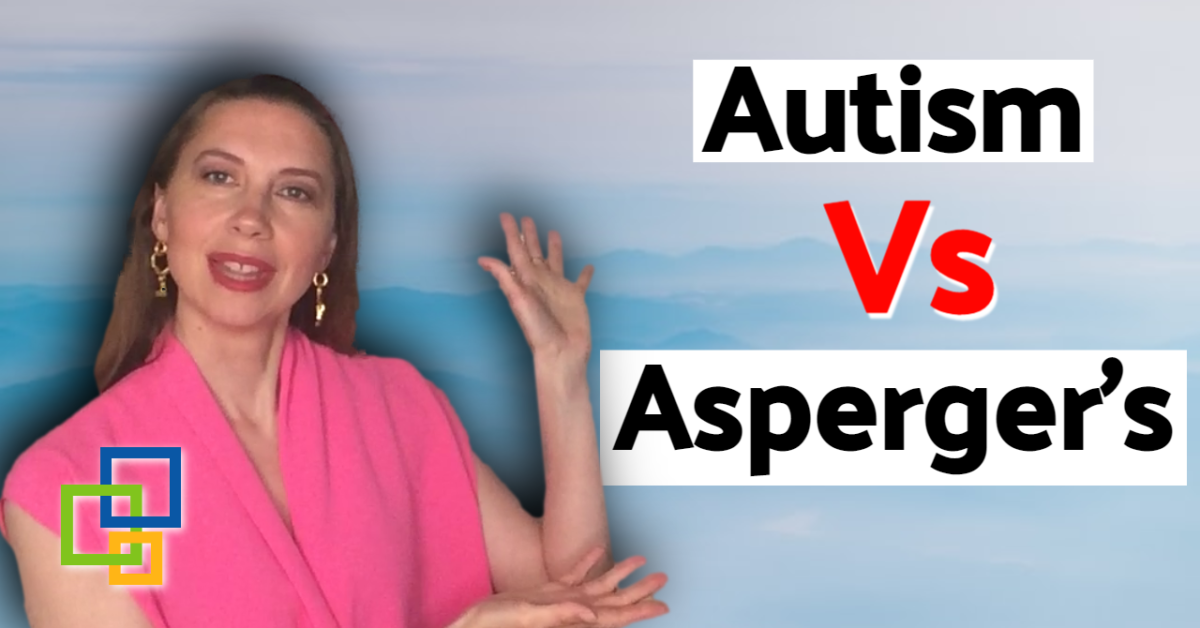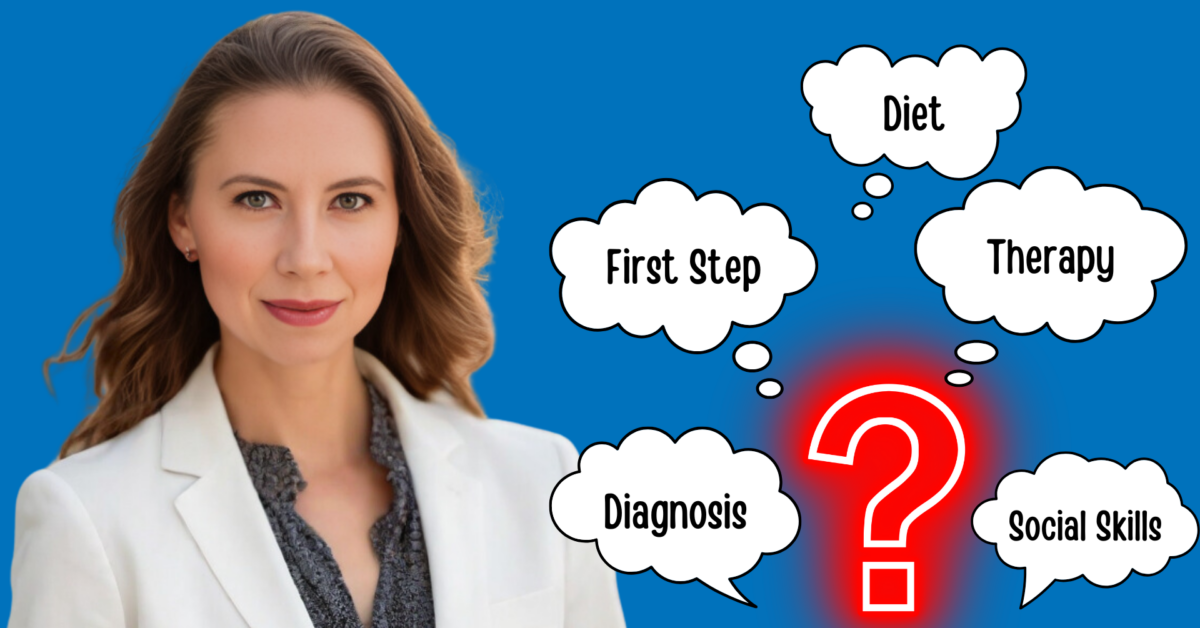There’s a bit of history and the answer to the question has actually changed over time. Let’s get into it.
Asperger’s Syndrome was first described in the 1940s by and named after a pediatrician, Hans Asperger. He observed autism-like behaviors and difficulties with social and communication skills, mainly in boys who had at least average measured intelligence and at least average language development.
Many professionals felt that Asperger’s syndrome was simply a milder form of Autism and started using the term ‘High-functioning Autism’ to describe those individuals. Nowadays, the labels high-functioning and low-functioning are kind of controversial because someone can be low-functioning in one area, high-functioning in another area, or vice versa. So it’s a limiting term, but sometimes it’s hard not to use a term like this.
In 1994 Asperger’s was officially recognized as a diagnosis. However, in 2013, a new official umbrella diagnosis of Autism Spectrum Disorder replaced Autistic Disorder, Asperger’s Disorder, and other pervasive developmental disorders.
So there’s just one umbrella diagnosis now. So technically speaking, one can no longer be diagnosed with Asperger’s anymore. Currently, it would be an umbrella diagnosis of Autism Spectrum Disorder.
But let’s go back to history a little bit. So what used to distinguish Asperger’s disorder from classic Autism and what it is, is the absence of language delays. Most people used to say that those with Asperger’s are less severely affected. However, comorbidities like anxiety at times are really high and hard to measure.
So someone who has Asperger’s and has, let’s say, physical capabilities of dressing themselves and brushing their teeth and driving and so forth might be viewed as only mildly affected. However, anxiety might prevent them from leaving the house. So you can see the labels of high functioning aren’t very descriptive enough to really be useful at most times. Those with the former recognized Asperger’s disorder used to be thought of as only mildly affected, but with typically good language and cognitive skills.
So those with the formal diagnosis of Asperger’s typically did not have a speech delay. However, speech patterns might be different. It might be very even, might lack inflection, there might even be kind of like a rhythm to it, or it may be very formal or too loud or high pitched. Children with Asperger’s may not understand the subtleties of language such as irony and humor, sarcasm, or the natural back-and-forth flow of a conversation – that might be difficult for them.
Sometimes there are also motor skill issues. Sometimes they might appear to be clumsy or not able to sit still trying to make any more differentiation between the old diagnosis of Asperger’s and Autism. It’s not really very helpful because people experience, focus, and restricted interests, the need for sameness and attention to detail, pattern recognition, anxiety, depression all very differently. I’m not quite sure if this one umbrella diagnosis of Autism spectrum disorder has been more helpful, but that’s what the medical community has thought best to do.
So technically, there is no longer an Asperger’s diagnosis.



